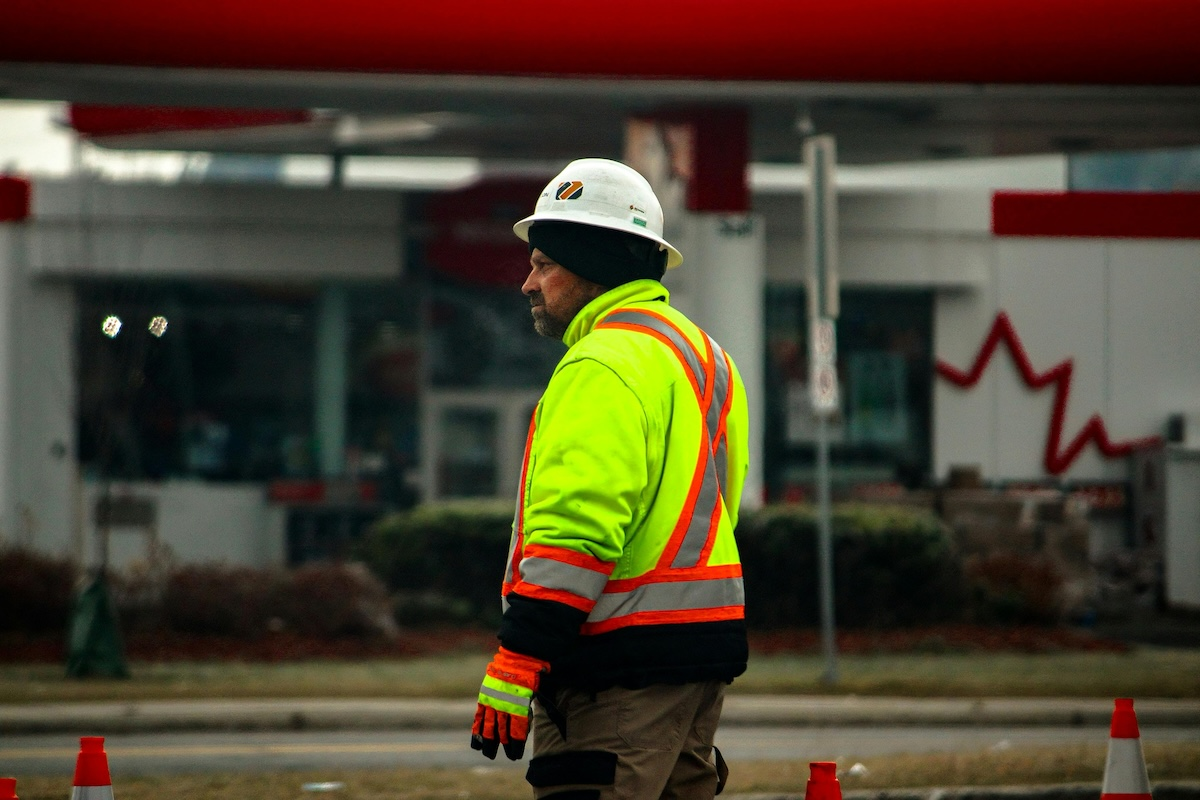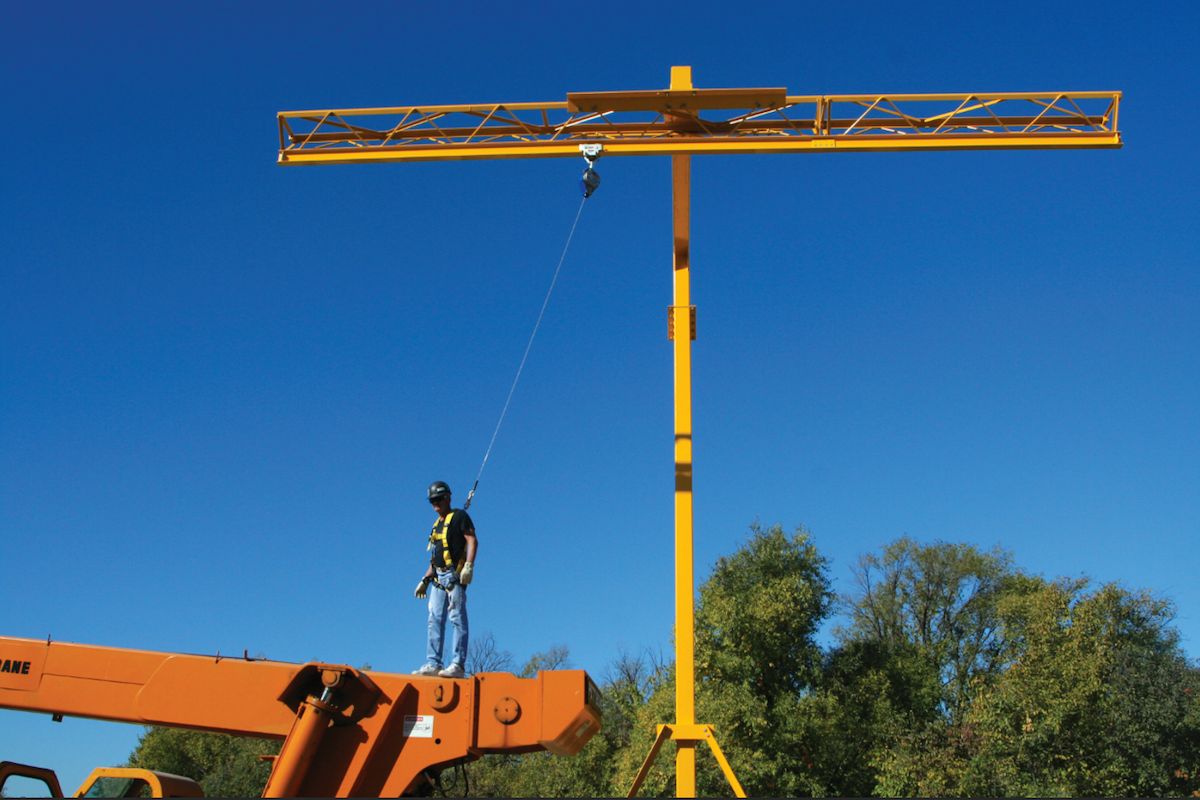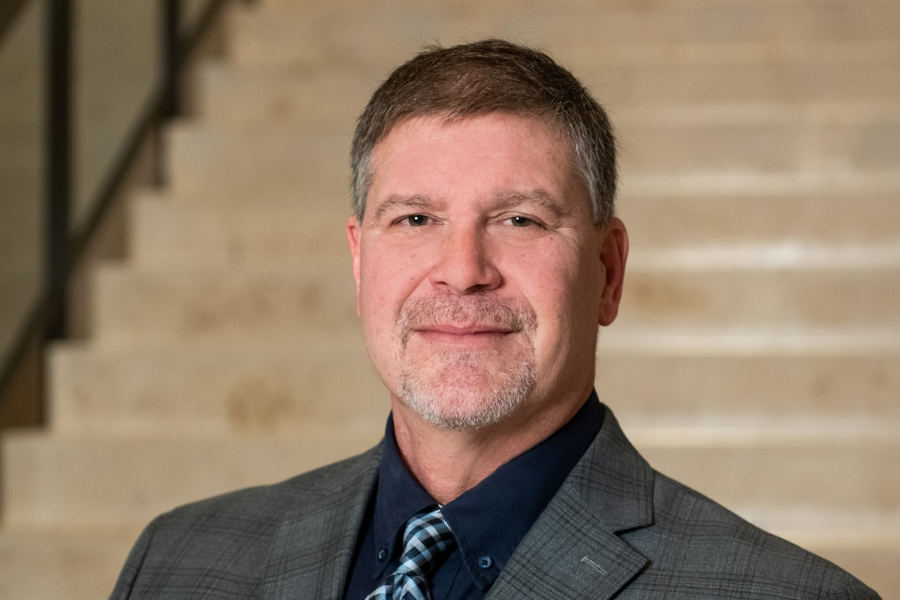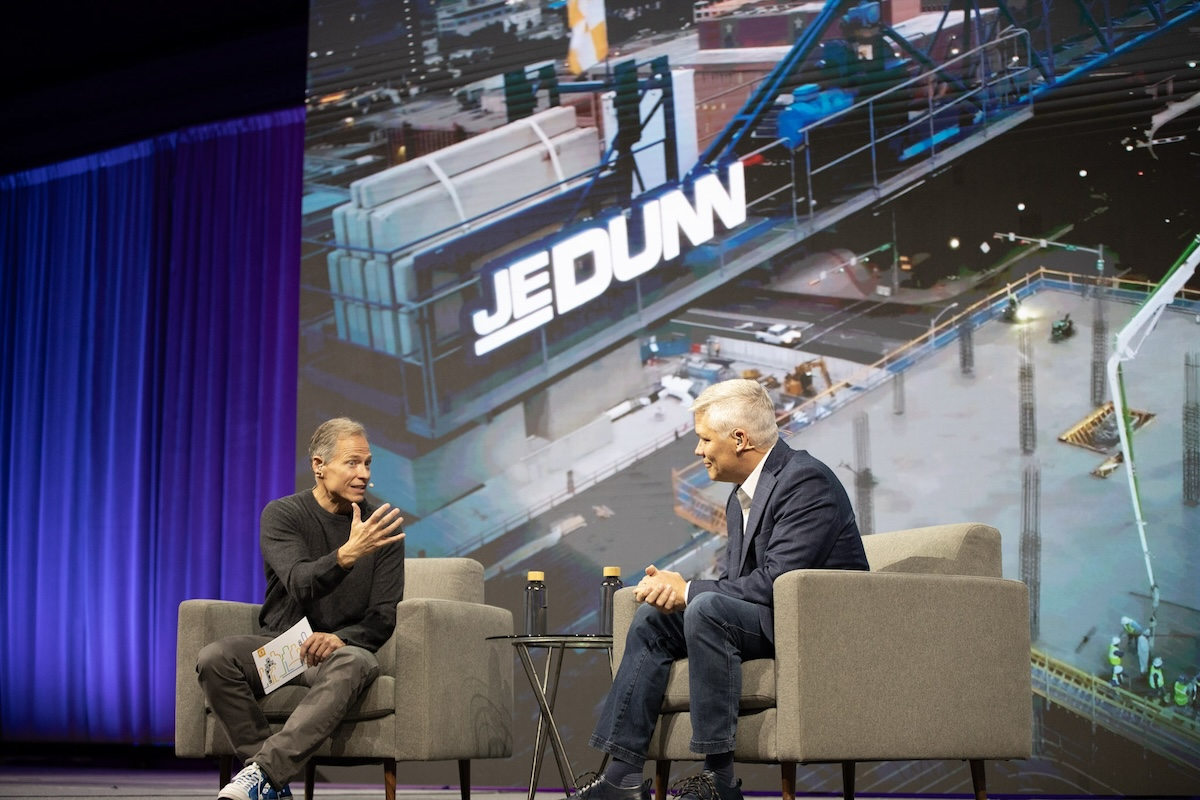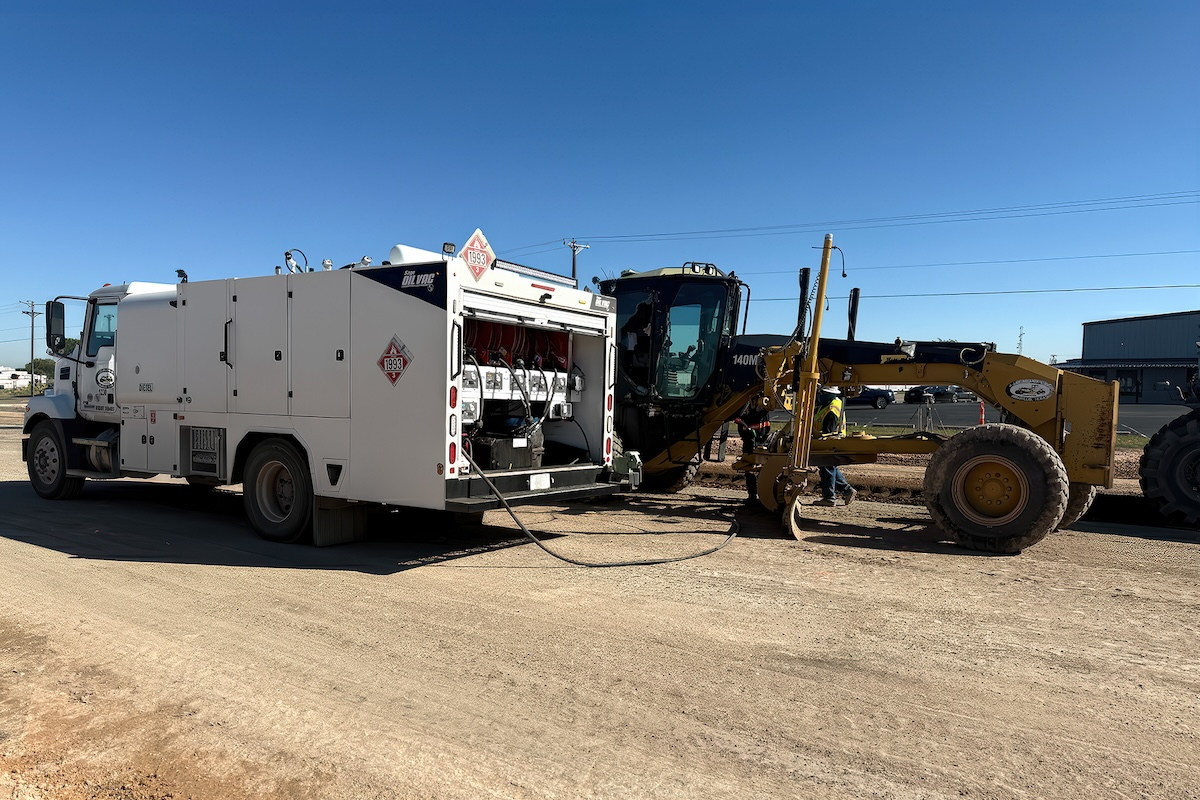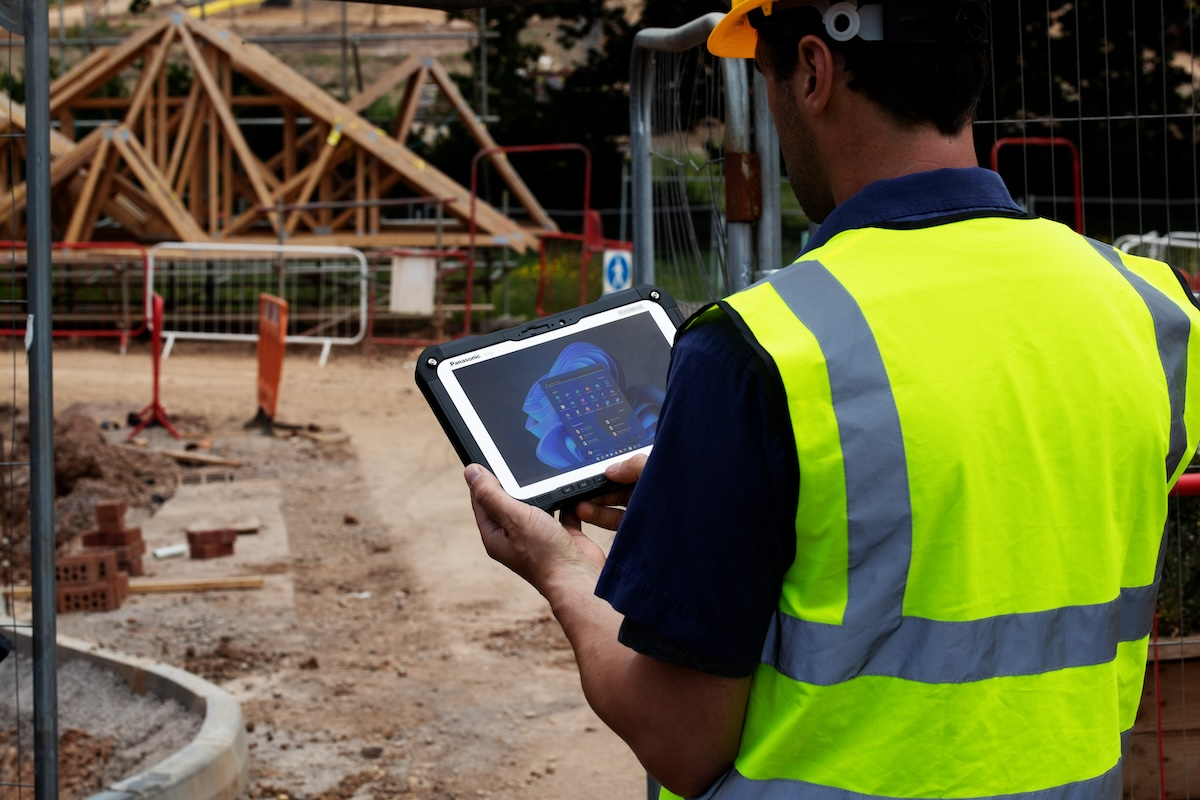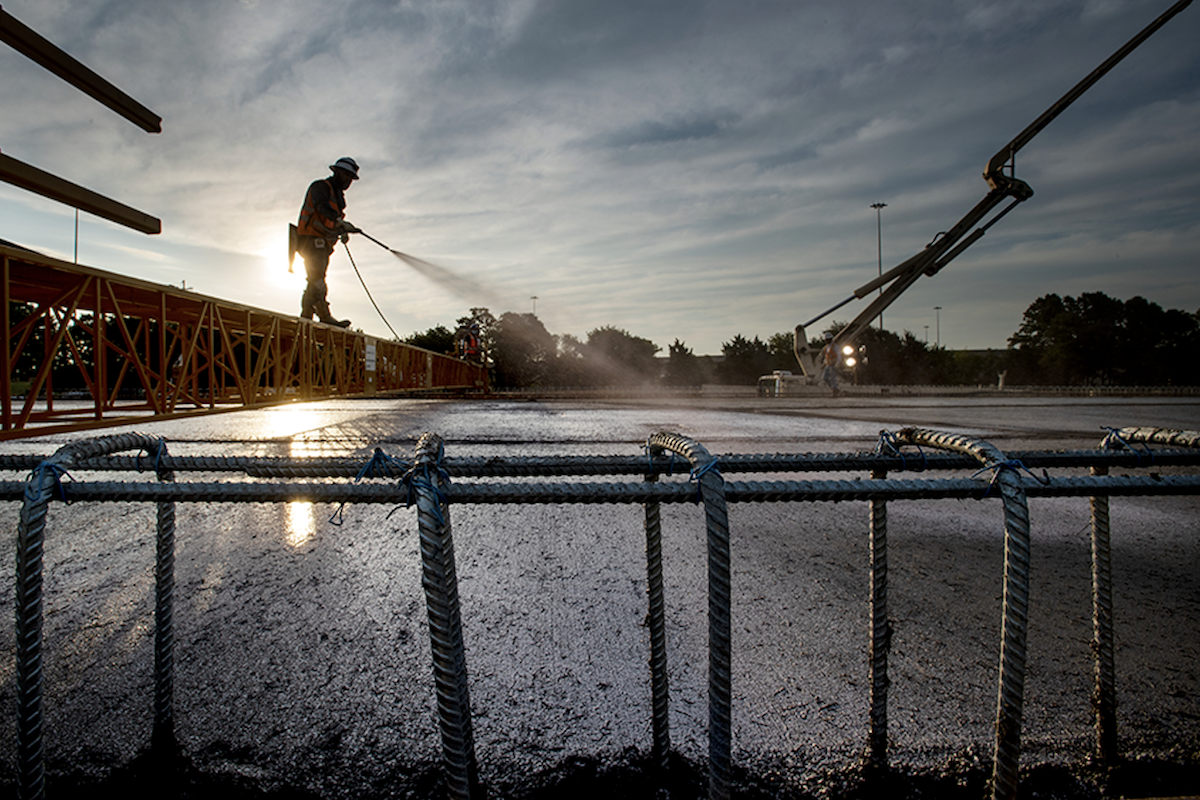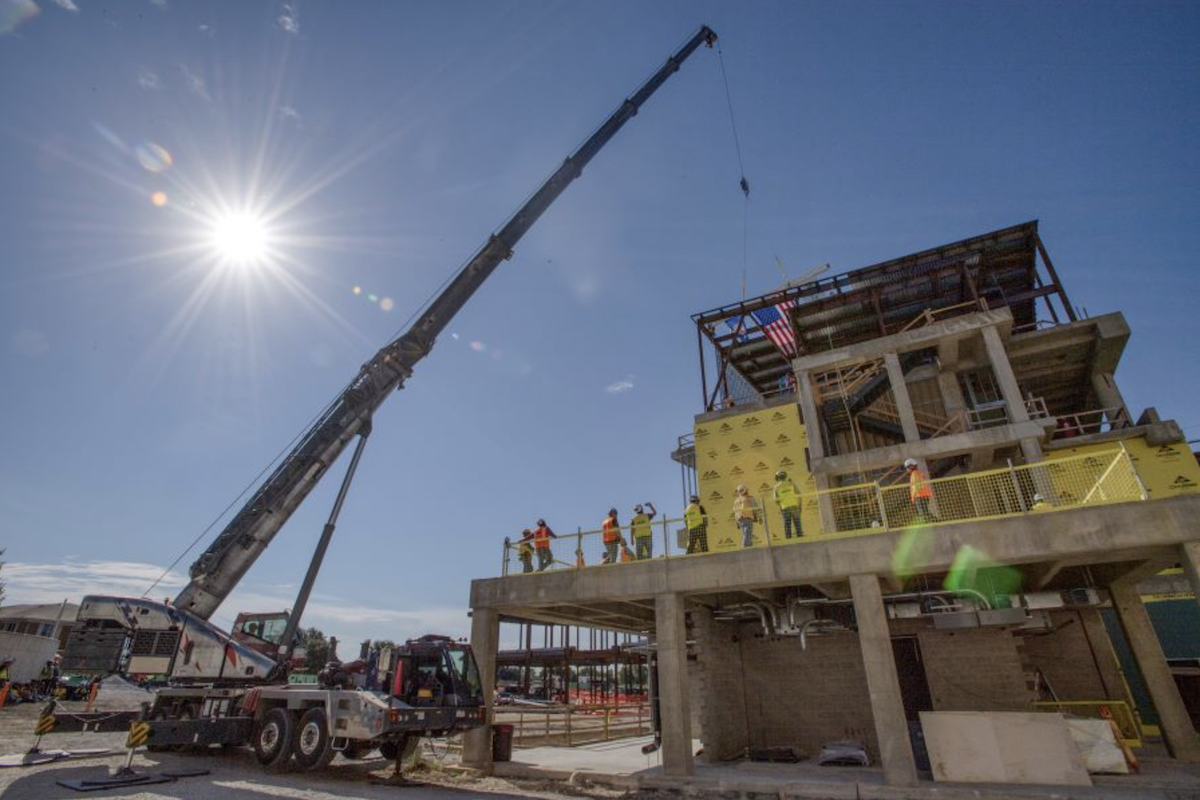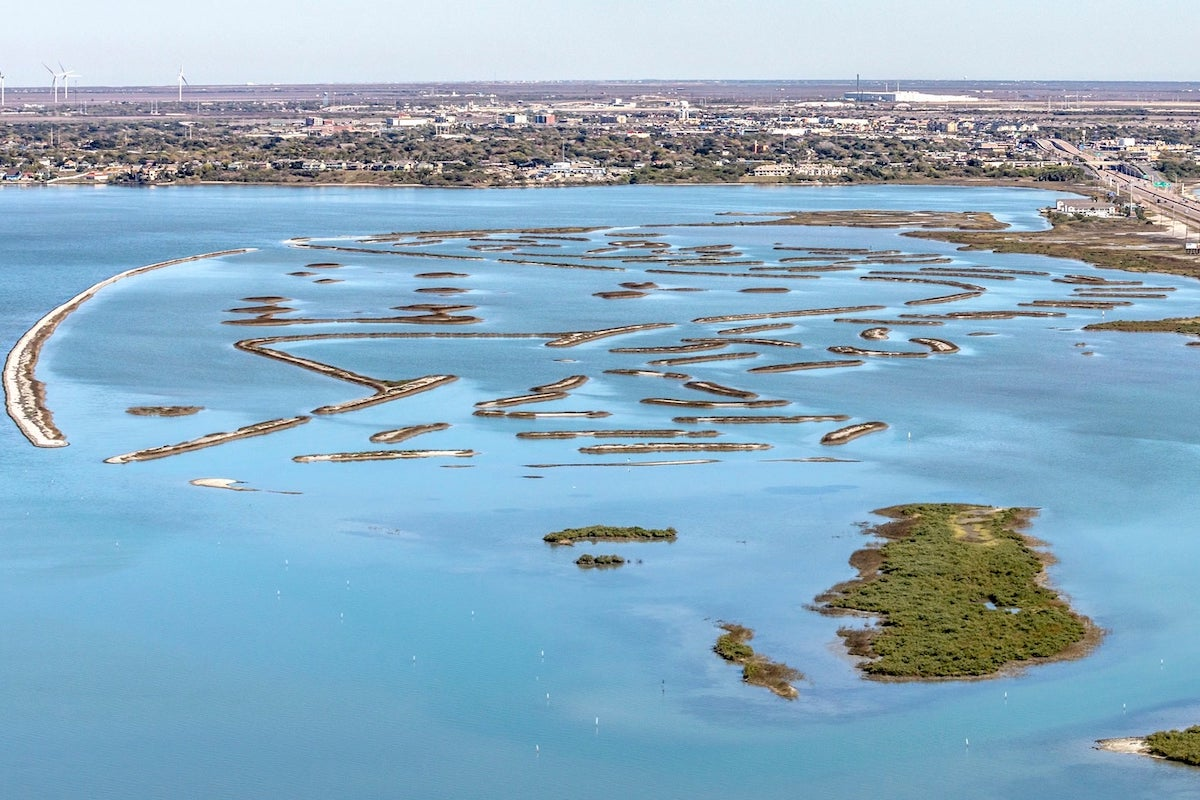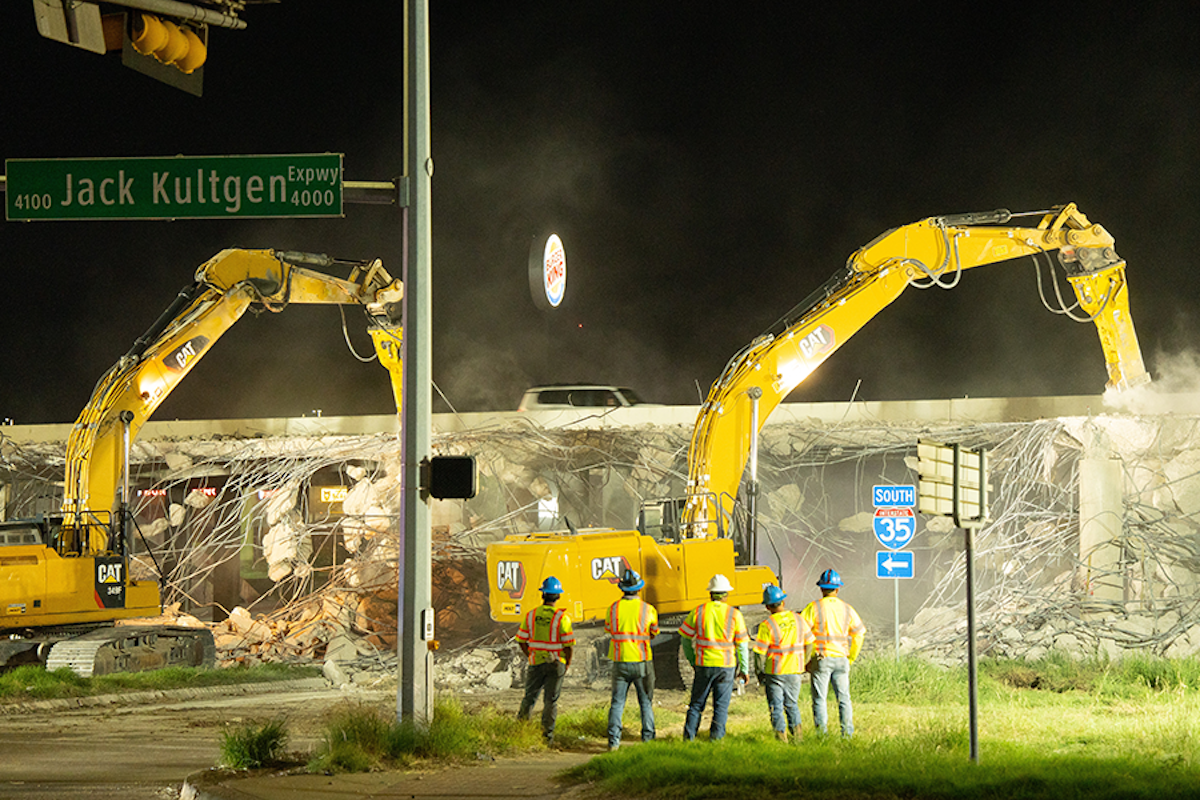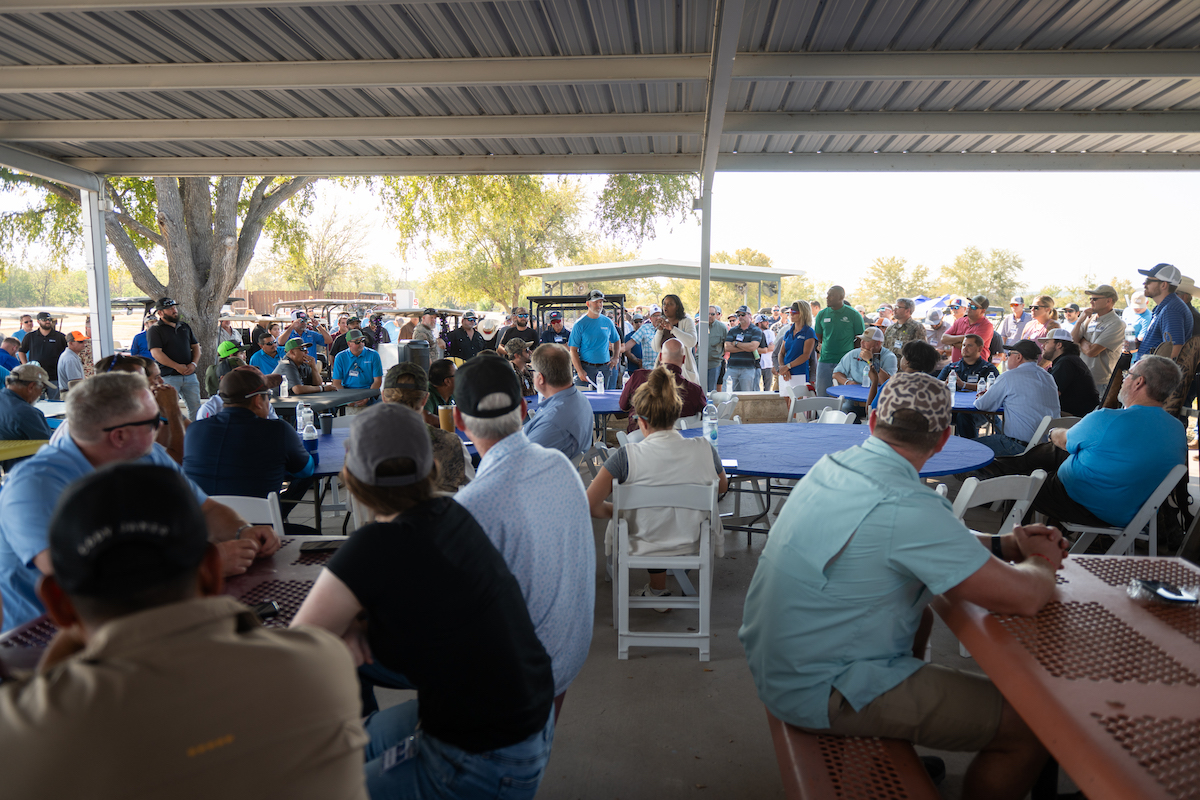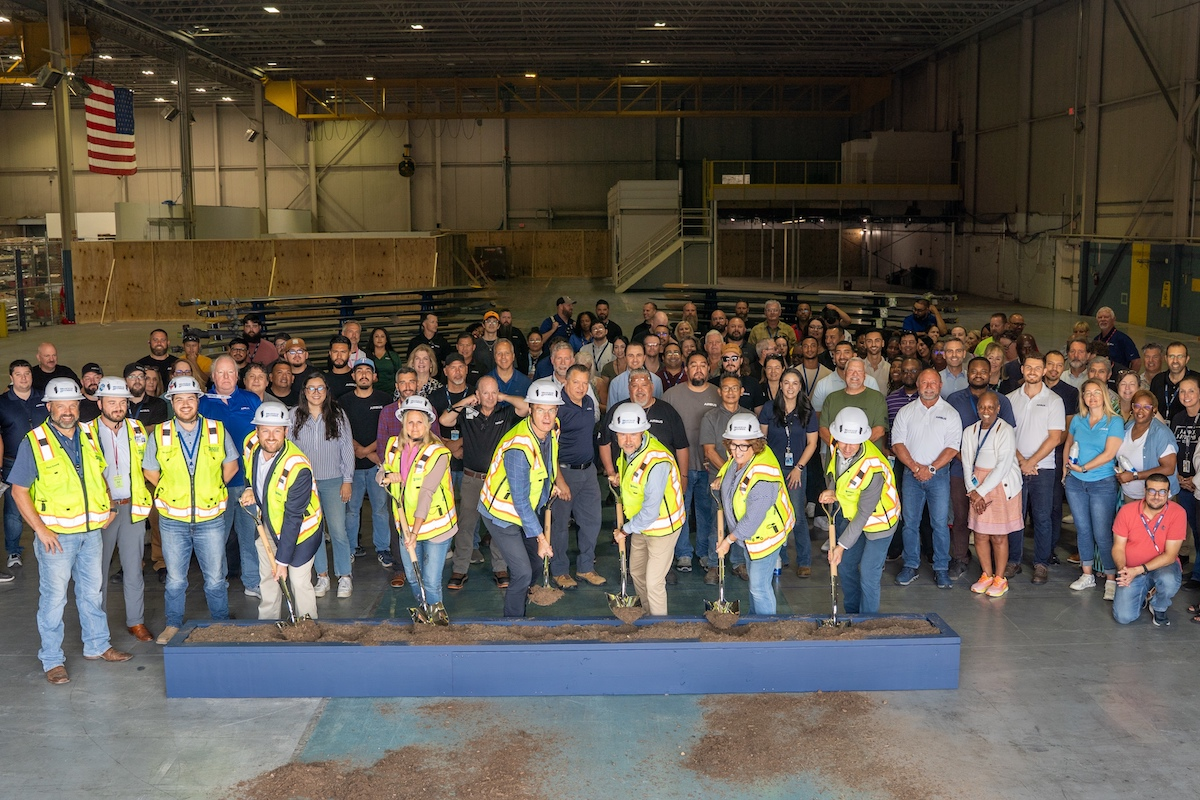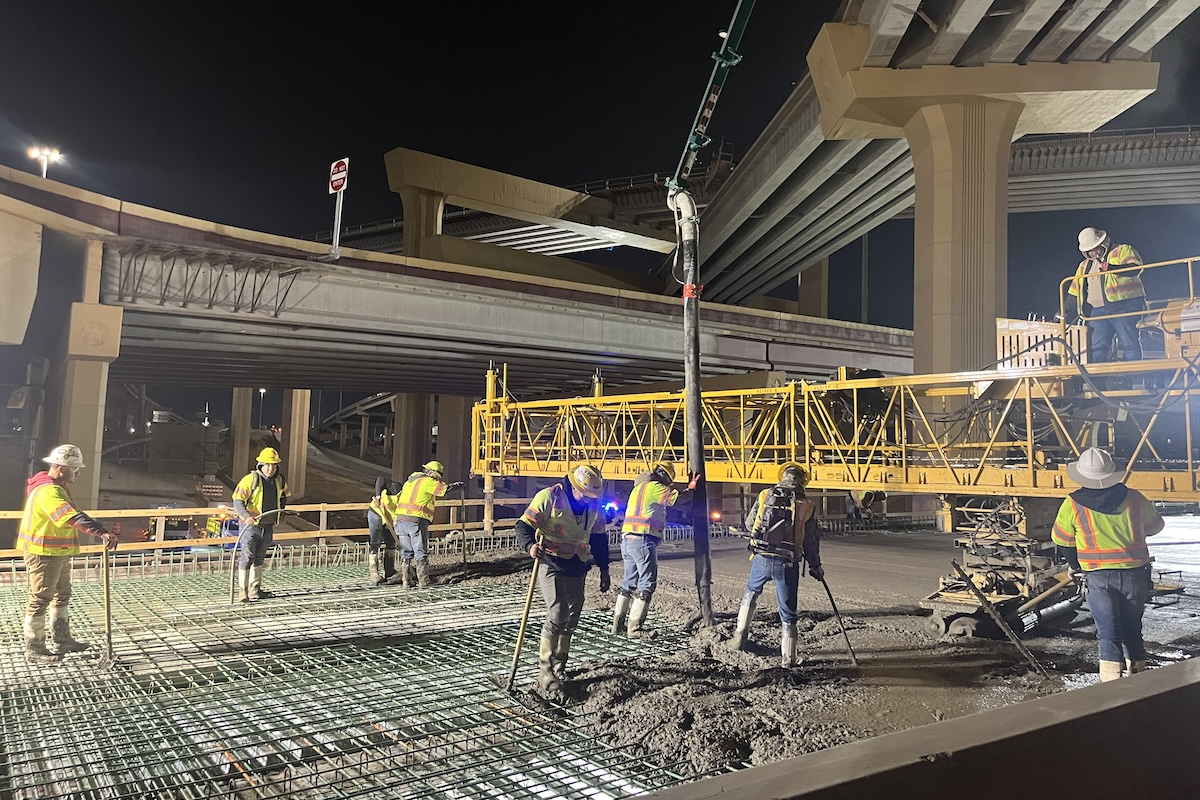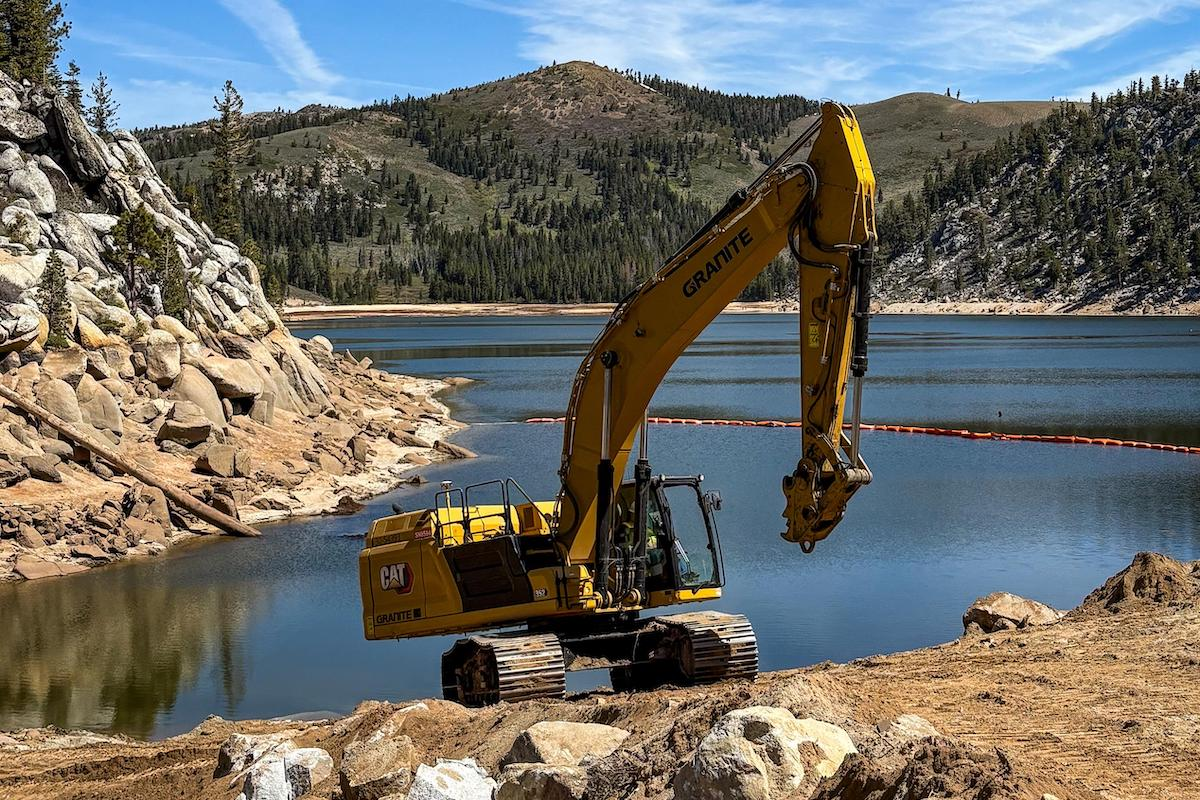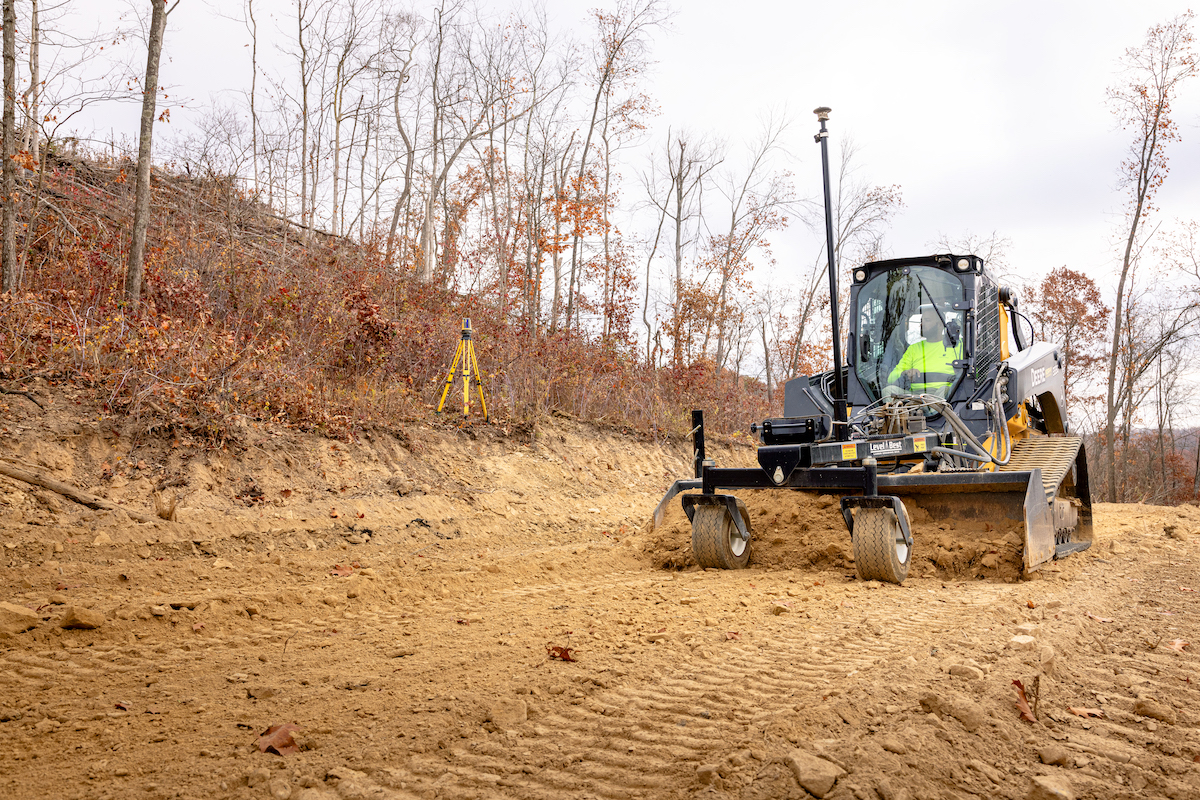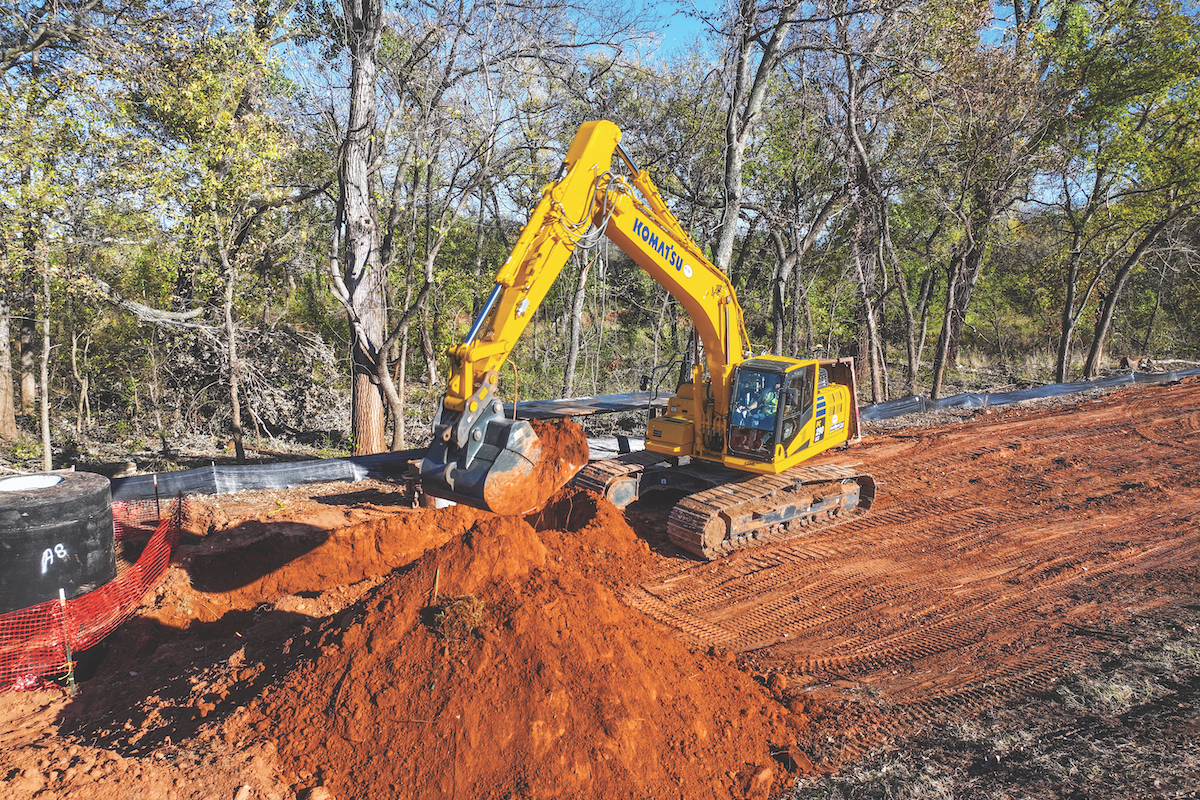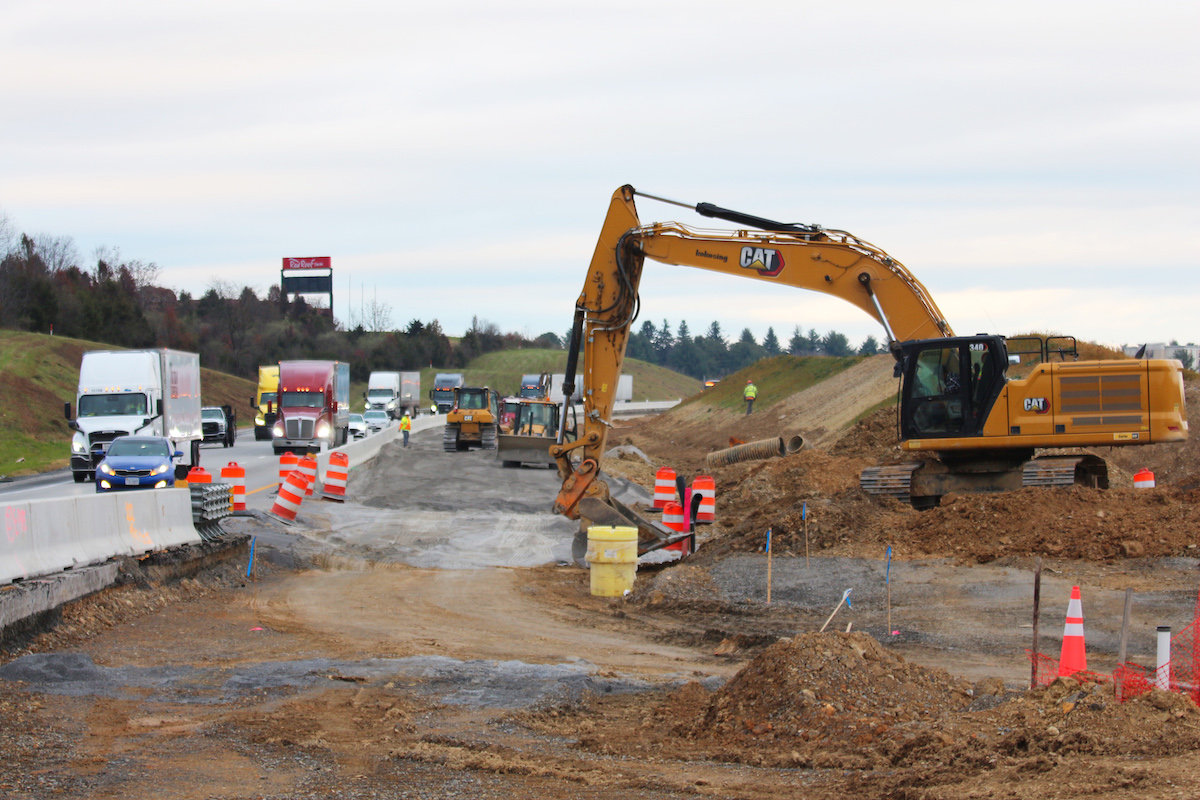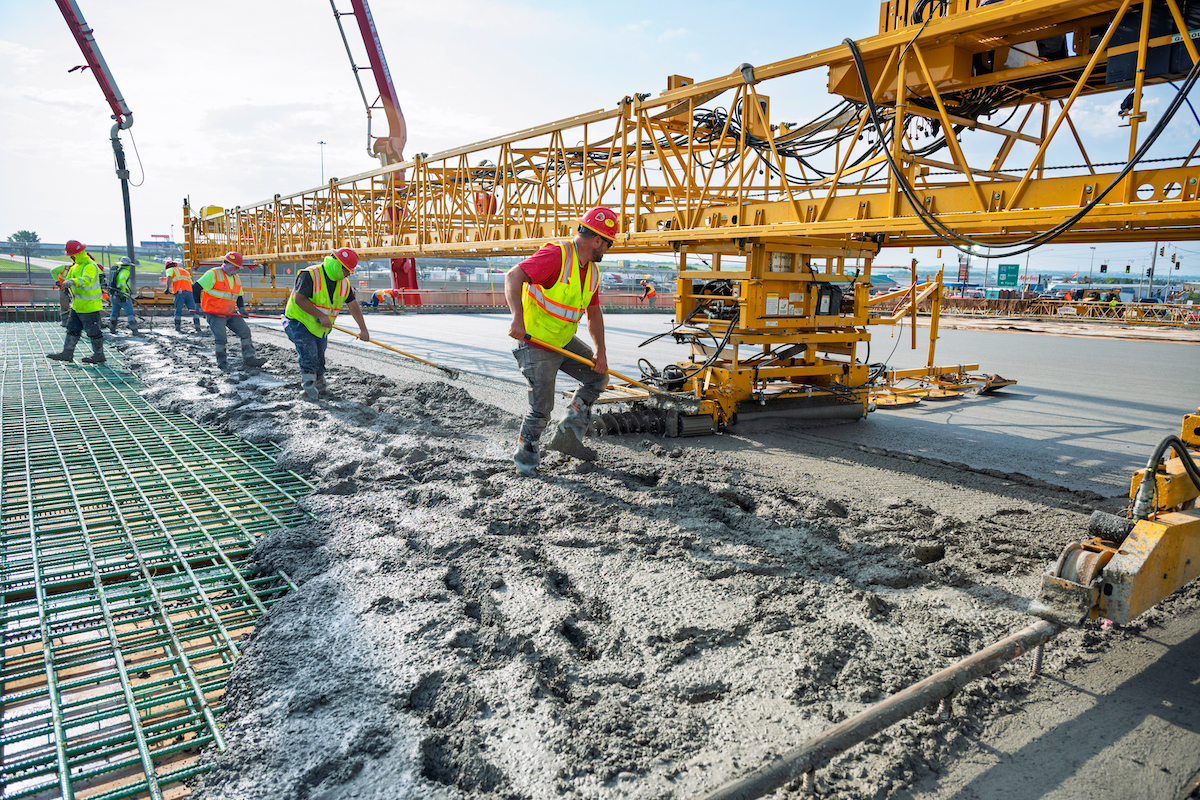However, there’s a disturbing trend underlying this success: despite all the progress in worksite safety, the incidence of serious injuries and fatalities has actually plateaued or increased. The Bureau of Labor Statistics reported that on-the-job deaths across all industries climbed to the highest level in 12 years, with 5,333 jobsite fatalities. And in the electrical power generation and delivery world, fatality rates have remained fairly flat since 2008. Given so much attention devoted to worksite safety, how can these rates of fatalities continue?
The issue becomes even more puzzling when one considers the widespread confidence in Herbert Heinrich’s safety pyramid. The common takeaway from the pyramid is that focusing on the minor and near-miss events that make up the vast majority of safety incidents will eliminate the possibility of serious injuries and fatalities (SIF). Yet studies conclude that reductions in less-serious injuries fail to correlate with reductions in SIF events.
A successful strategy for preventing SIF incidents rests in the word “potential.” As I noted, SIF describes a serious injury or fatality, meaning something that changes a worker’s quality of life. SIF events may involve amputations, loss of consciousness, heat exhaustion or stroke, arc flash, equipment and vehicle rollovers, and falls from specified heights, among others.
What’s known as SIF Potential, or PSIF, is an incident involving the release of high energy in the absence of direct control, in which workers do not sustain serious injuries. (Another term for this is capacity.) Put another way, PSIFs are those events that cause us to stop, exhale deeply, shake our heads, and realize we were lucky nothing serious actually happened. They’re the near misses we think about for days afterward.

| Your local Wirtgen America dealer |
|---|
| Kirby-Smith Machinery |
| Nueces Power Equipment |
The nature of the work performed in the utility industry creates a long list of PSIF potential, given exposure to high-voltage electricity, plus a substantial amount of work being performed in elevated and remote settings, often in inherently hazardous environmental conditions.
For example, one large utility’s contractors reported 53 recordables related to 141 PSIF events. Traditional safety strategies would focus solely on the recordables. However, studying all 141 events allows the utility to create actionable items that will drive continuous improvement and help to prevent similar incidents from occurring.
For decades, the total recordable incident rate (TRIR) has been the standard measurement for safety performance, but over time, many organizations have expanded their focus to include DART (days away restricted or transferred) rates that measure recordable injuries resulting in days lost from work or restrictions. Organizations that establish targets for TRIR and DART rates will typically reach those targets. But achieving true improvement in lagging performance indicators also demands tracking and trending SIF and PSIF events.
Investigating SIF and PSIF incidents involves terms that may not be familiar to some in the industry. For example, when we refer to “capacity,” we’re talking about incidents involving the release of high energy in the presence of a direct control where a serious injury is not sustained. In essence, capacity is the goal of a safety program, building capacity through a variety of layers of safety protection. Similarly, “success” defines a condition in which high energy is present, but it’s not released because of the presence of a direct control.
- Establish definitions and examples of PSIF events
- Create a decision tree model to provide consistency when identifying such events
- Create a list of agreed-upon direct controls for all high hazards
- Establish a peer review process for defining the classification of events
It’s important to use a classification scheme such as this to accurately track SIF and PSIF events. You need to consider not only OSHA recordables and near-misses, but situations in which first aid was required, as well as events involving material handling, property damage, dig-ins, outages, and similar situations. As you track events, you should find that there is a comparatively low number of SIF events and a higher incidence of PSIF events. The sum of SIF and PSIF events provides your overall exposure for fatalities and life-altering events.

| Your local Gradall Industries dealer |
|---|
| WPI |
| Kirby-Smith Machinery |
| ASCO Equipment |
The decision tree model is particularly helpful because it creates a consistent framework and reduces dependence on individual judgment or opinion. Using the decision tree example illustrated here, when an event occurs, the first question you need to ask is whether high energy was present. If not, you assess the seriousness to determine whether the event should be classified as either a low-energy SIF (LSIF) event or just a low-severity event. If high energy was present, you next have to consider the seriousness and whether a direct control was present. Going through all the steps on the decision tree will lead to a firm conclusion about the nature of the event.
Success with the model also demands a clear understanding of the presence of direct controls. Every high-energy source for an incident must be evaluated to determine if there was a targeted control that was specific to the hazard, whether the presence of the control mitigates the exposure, and whether the control provides protection in the event of an unintentional human error. Examples of direct controls include fall protection, de-energization, lockout/tagout programs, safe ties in rigging, and guard structures. Items that don’t qualify as direct controls include safety cones, job briefings, PPE, warning signs, or training.
Another key to consistency is the peer review process. The same team should review each event during the classification process. Organizations should keep track of SIF and PSIF events, as well as the capacity and exposure of events and situations that are judged as successes. Software that facilitates both tracking and trending is available.
The first consideration is whether it was a high-energy event, and this one certainly qualified. Next, did an incident occur? Again, the answer is yes, so we move to the question of whether that incident resulted in a serious injury. Fortunately, it didn’t. The next question is whether a direct control was present. Because there wasn’t a direct control, we classified this incident as a PSIF.
The second example involved a 40-ton crane being used to set a structure. The crane wasn’t properly chocked and non-qualified personnel were asked to enter the cab. As a result, the crane began to roll downhill, coming to a rest about 100 feet away. Again, there were no injuries, but the crane was damaged. Is it another PSIF event?

| Your local LeeBoy dealer |
|---|
| Closner Equipment Co Inc |
| Romco Equipment Co |
| ASCO Equipment |
| Bee Equipment Sales Ltd |
Once again, it was a high-energy situation and an incident occurred. That incident did not result in a serious injury or fatality, so we move next to the direct control question. Here again, there was no direct control that could have prevented the crane’s movement, so it also becomes a PSIF event.





